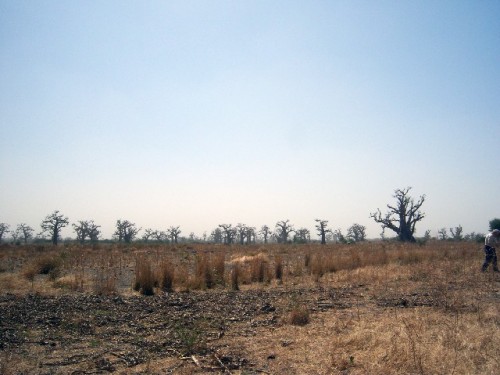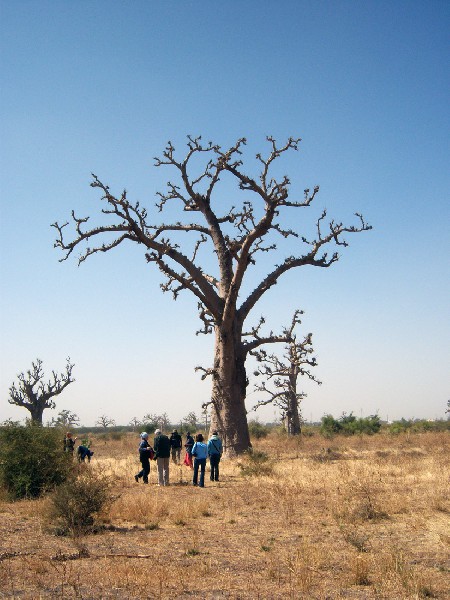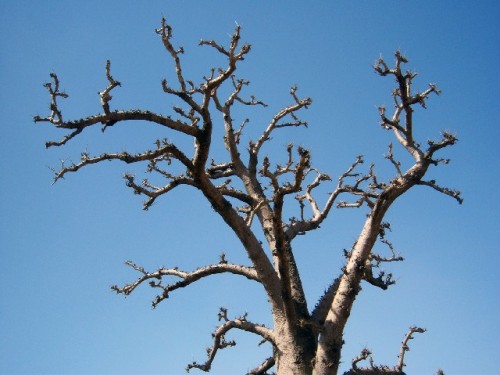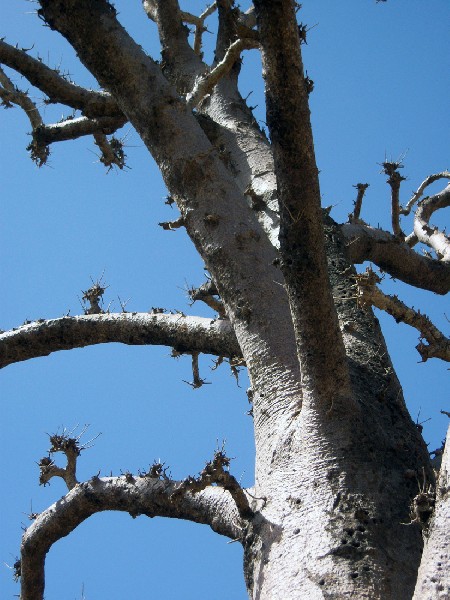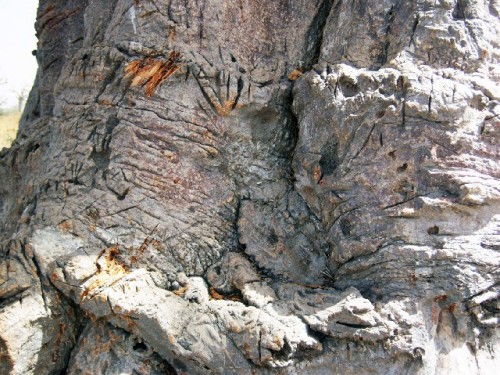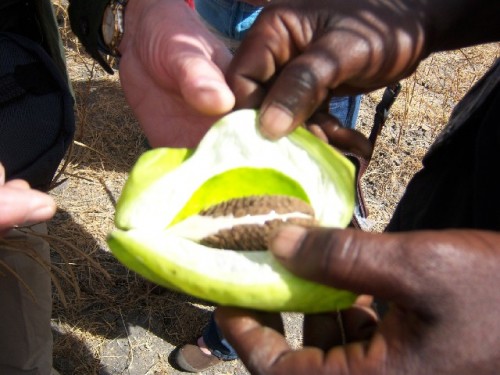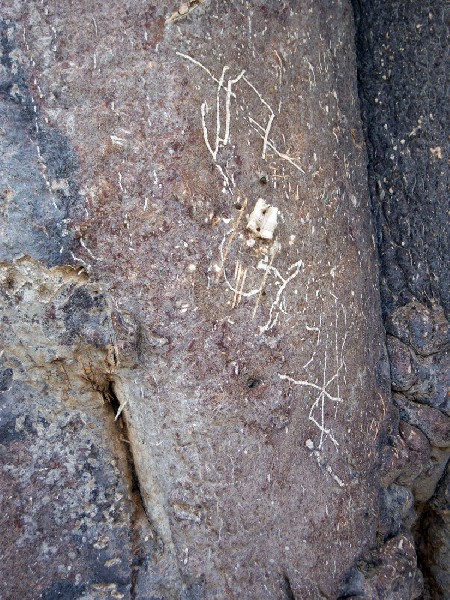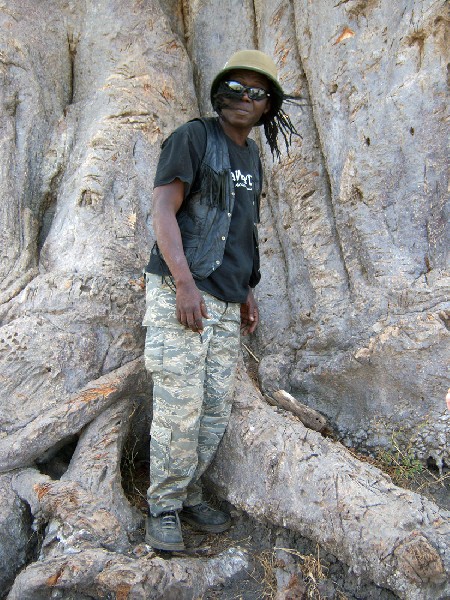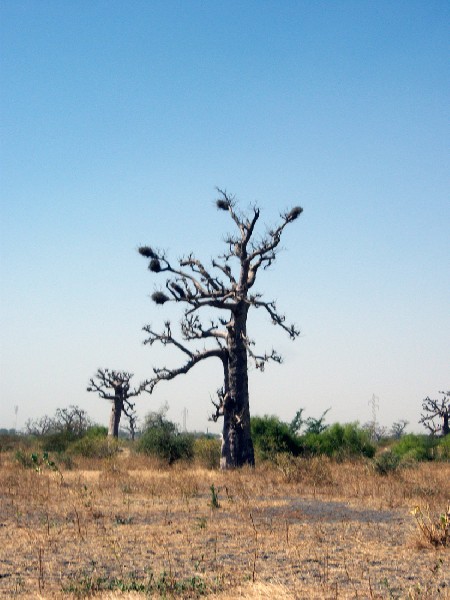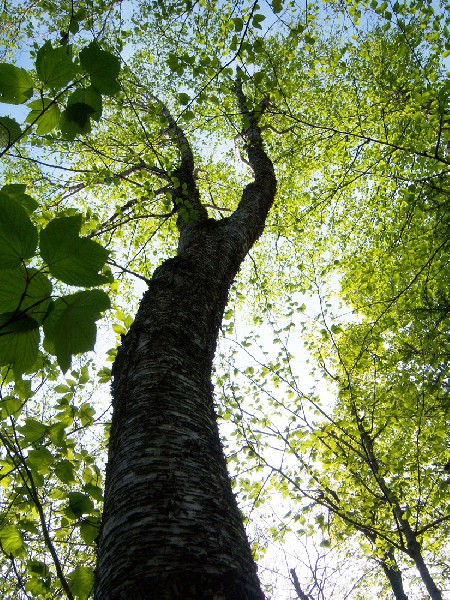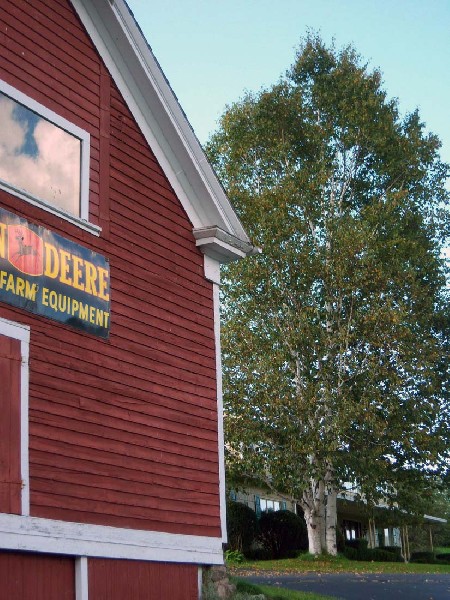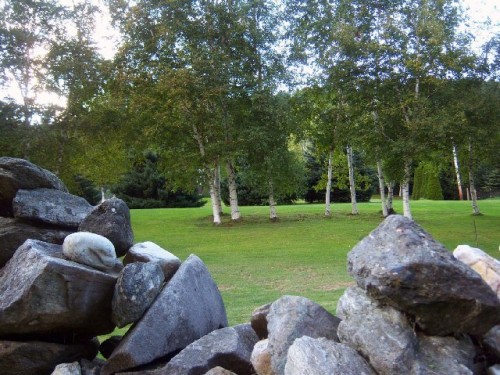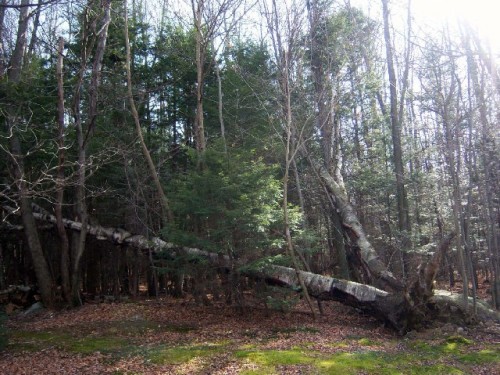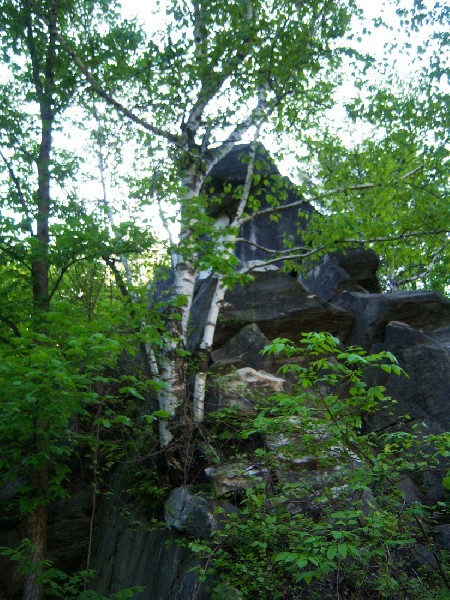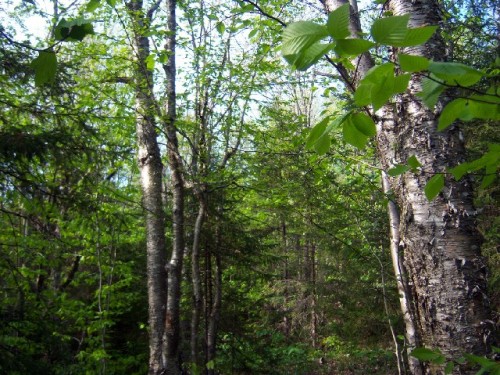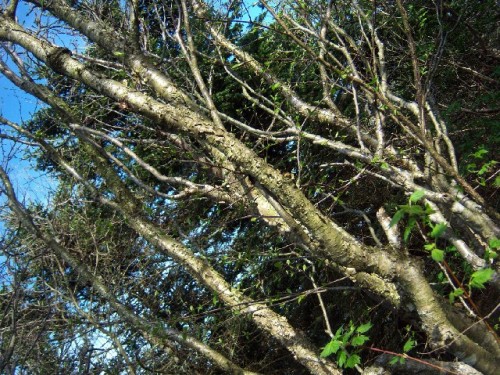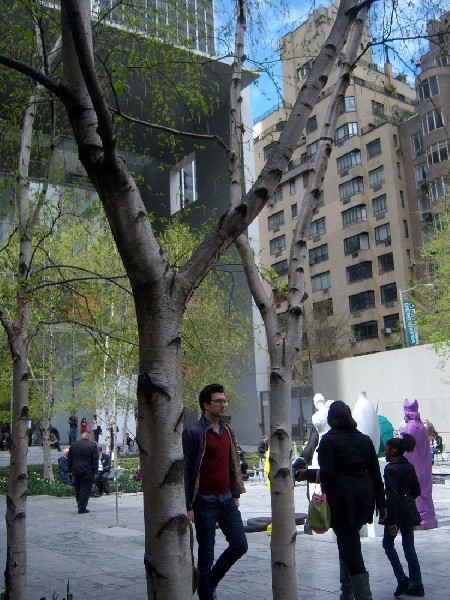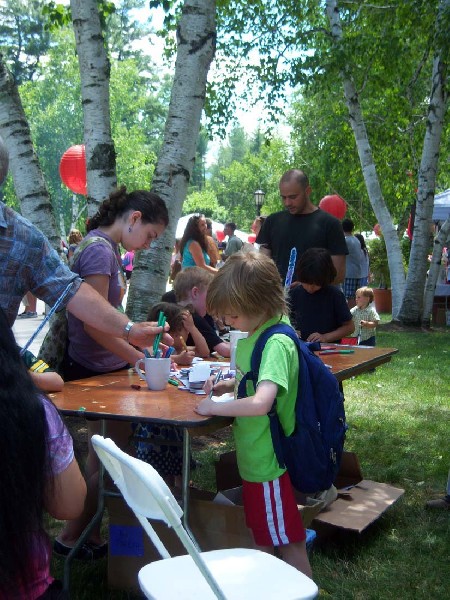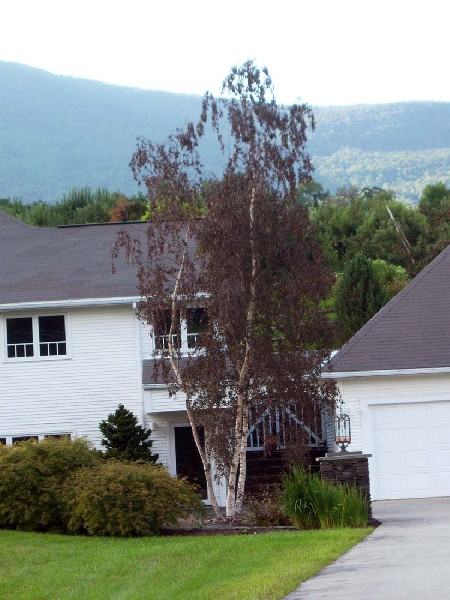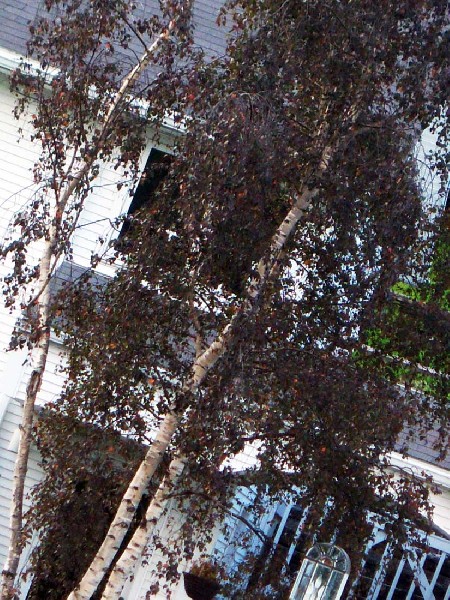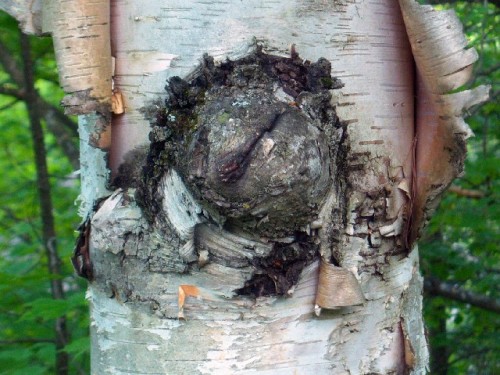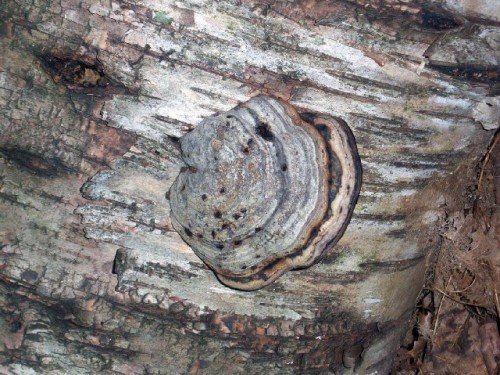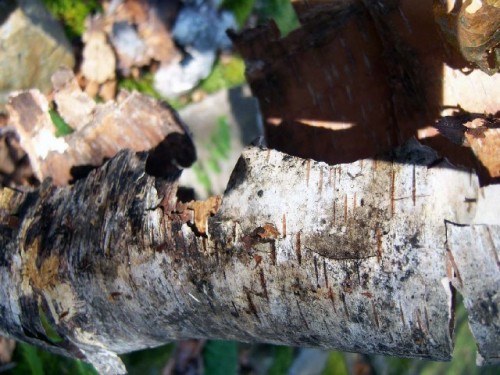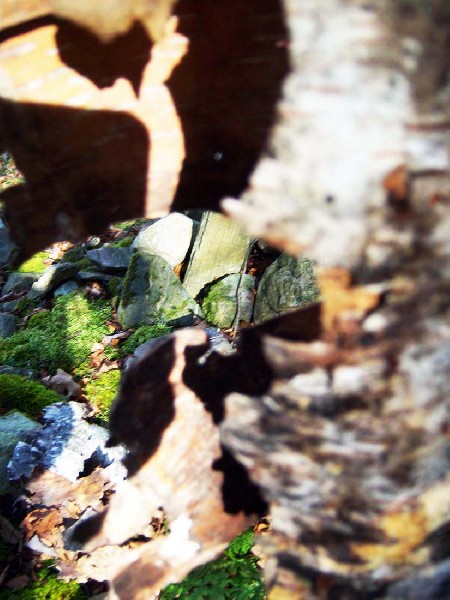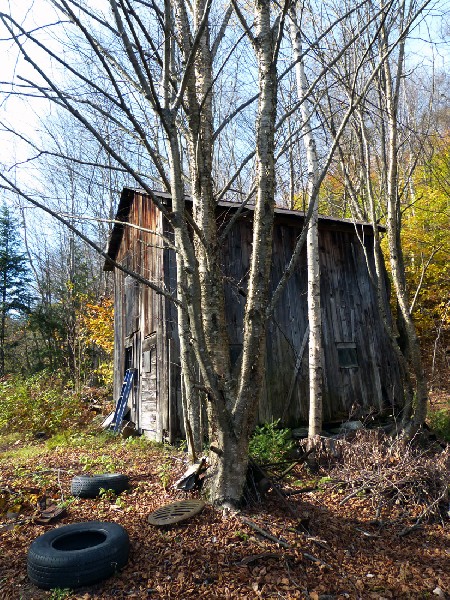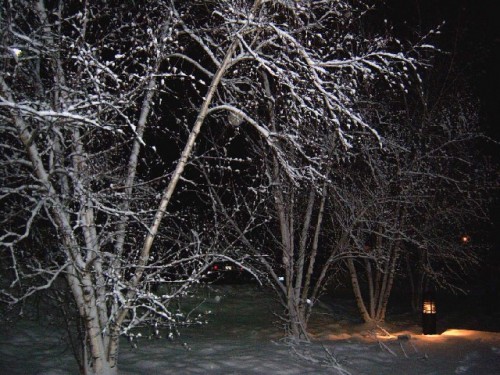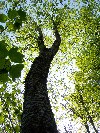Birches and Baobab Trees
Ancient Spirit Trees
By: Astrid Hiemer - Nov 15, 2012
Photographs in the accompanying photo gallery have been exhibited from 2010 to 2012 in Romania, Hungary, Massachusetts/USA and Canada. Here, for the first time, I am presenting the entire project in photo and essay form. However, it’s still a work in progress. Photos may be added or subtracted over time. This article and photo series will soon appear in our newly established ‘Projects Forum’ with other cultural and art related subjects to follow suit.
My short essay 'The Mysterious Birch Tree' was first published by Elisabeth Lili Ochsenfeld in: ‘Come With Me Into The Birch Forest, Mnemosyning,’* in 2010, among 27 essays by writers from six countries. It was the accompanying publication for an extensive international group exhibition of the same title. Ochsenfeld included my photograph ‘Winter Birches Magic, 2010,' in the show in January 2011 at the Timisoara Art Museum, Romania. The exhibition later traveled to Budapest, Hungary. The subject matter - Birches - was interpreted by more than 50 artists from Europe and the USA. Many of the works in the exhibition, mine included, have now been accepted into two collections, at the Museum of Timisoara and Wolfsberg/Garana.
* (Remember! Mnemosyne is the Goddess of Memory and Language)
Following now are essays on birches and baobab trees:
The Mysterious Birch Tree
Mysteries surround the Birch Tree of the Northern Hemisphere. There are nearly 50 species and the following names reveal their country or place of origin: European White Birch, American Dwarf Birch, Alaska or Yukon Birch, Chinese Red Birch, Japanese Cherry Birch, Caucasian Birch, Himalayan Birch.
The tall, brittle and skinny trunk, with a spotted bark from white to shades of yellow, grey and black, and its billowing branches can reach a height of 30 meters, almost 100 feet. The Birch can stand tall or bow slightly for 160 years. The leaves are mostly greenish-silver, pear shaped and sound like Glockenspiele or wind chimes in soft, playful winds. Just listen carefully, you can hear it!
Birches are ancient trees. In Germanic and Slavic folklore the Birch Tree was dedicated to the goddess Freya and in Russian folklore recognized as a goddess. The American Indians, such as the Micmac tribe of the Algonquain Family, who were living in northern New England and Canada, showed great respect for the tree and used its materials carefully in many ways. Finally, they fitted the bark into a cloth for their dead. Birches were also known as the ‘Tree of Protection’ (Der Baum des Schutzes). Today Finland, Poland, Russia and New Hampshire in the US have adopted the Birch Tree as their state’s symbol. The botanical name is ‘Betula’ and the common name, birch, is derived from a Germanic root, ‘Birka.’
Der Mai Baum (‘The May Tree’), a tradition since medieval times, was cut in the forest and erected on the village common. It was used (and still may be) as the center pole for the maidens’ dances. The week-long celebration hailed in spring time, the awakening of nature after a hard and long winter, and the beginning of the growing season.
‘Birch Leather’ (Birkenleder), which peels easily from the trunk, was carefully shaved into parchment like sheets and used in early communication and documentation and have been preserved since medieval times. Paper Birches with its resinous oil, the material nearly indestructible, have been mainly used for this purpose. Such birch bark letters have been found in archaeological digs in Novgorod, Russia, which date back to the 13th Century.
Of course, there are and have been many other practical applications using sap, leaves, branches, and the prized wood over time and still today, such as in drinks, medicinal purposes and in cosmetics. The Birch was in former times a symbol of fertility. Its sap, leaves, bark and branches were chopped and brewed for medical applications and used in customs to strengthen the male and bring about motherhood.
The Ancient Baobab Tree
The Baobab Tree, Adansonia, grows in eight different species in mainland Africa, Madagascar and the Arabian Peninsula. Other species are known also in Australia and India. During our trip to Senegal in 2009 we set out one day with our group to visit a Baobab Tree forest. We found ourselves on a wide open expanse with approximately 20-30 trees growing distant from each other. The smallest of the trees, no more that 8-10 feet high, were already approximately 200 years old. Several of the tallest trees, 30-40 feet in height or even taller, must have already been close to a thousand years old. In fact, one of the largest and oldest trees, carbon tested at 6000 years, stands on the Sunland Farm in South Africa near the Kruger National Park. It is a huge tree, 70 feet high with a circumference of 155 feet and it is alive.
We did not travel south! The Baobab Trees in Senegal provided us with much marvel and wonder. We learned from Mammadou Diop - our African travel guide and leader - facts, mysticism and folklore: Villagers would bury their dead shaman or an important village elder in the trunk of a young tree. The tree-trunk, still open at the time, would close around the body within a year. Mammadou warned us not to touch a fetish, which family members of an ill person attach to baobab trees in the form of a small packett. The source of the tree is believed to heal the sick, and any one who touches a fetish would fall ill!
The elephant-skin-like-bark of an old tree attests to its age. The texture is rough and three dimensional and the colors of these big unevenly round trees were brown to grey. We were truly intrigued by these ancient trees! Their branches high up extended like arms, hands and fingers. Mammadou picked up an open Baobab fruit, harvest season had passed, and showed us the white flesh and brown seeds inside. He ate a small piece of the white material, saying that the fruit is high in calcium.
In fact, the Baobab Fruit Company of Senegal has been in business for approximately ten years now and exports their products already to120 countries. The baobab tree fruit has been heralded as the new super fruit and drinks are being sold in different African countries. The fruit has been tested higher or equally high in vitamin C, calcium, magnesium and other minerals, surpassing blueberries and acai berries. The leaves are also high in antioxidants; and the bark, which can regenerate, is used to make netting, ropes, clothing and more.
Baobab Trees are marvelous wonders of nature, ancient and mysterious like our Birch Trees.

